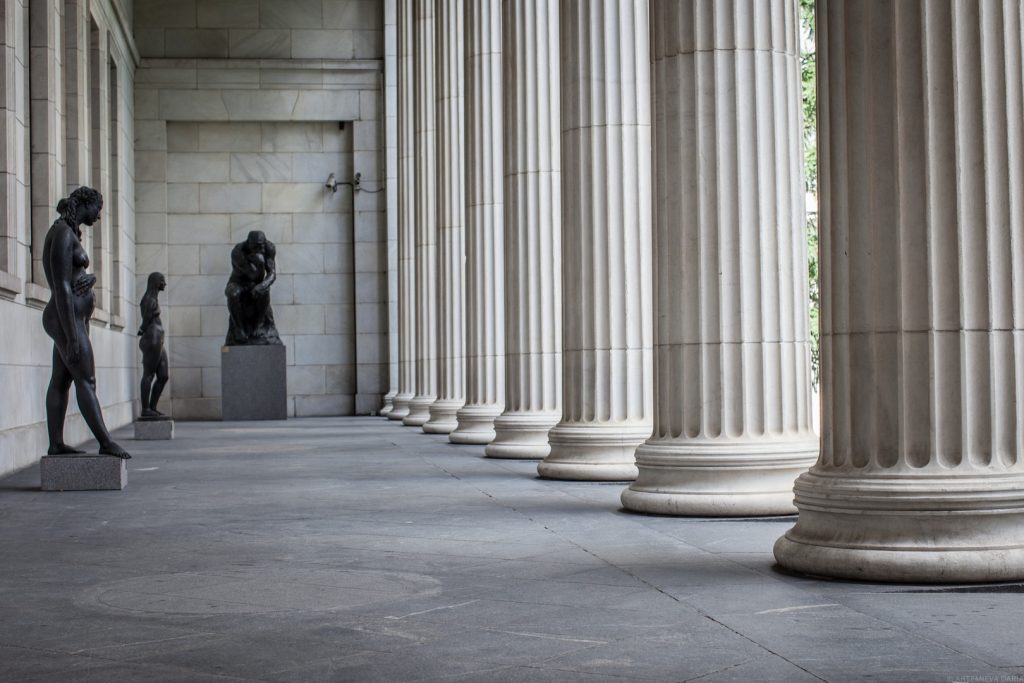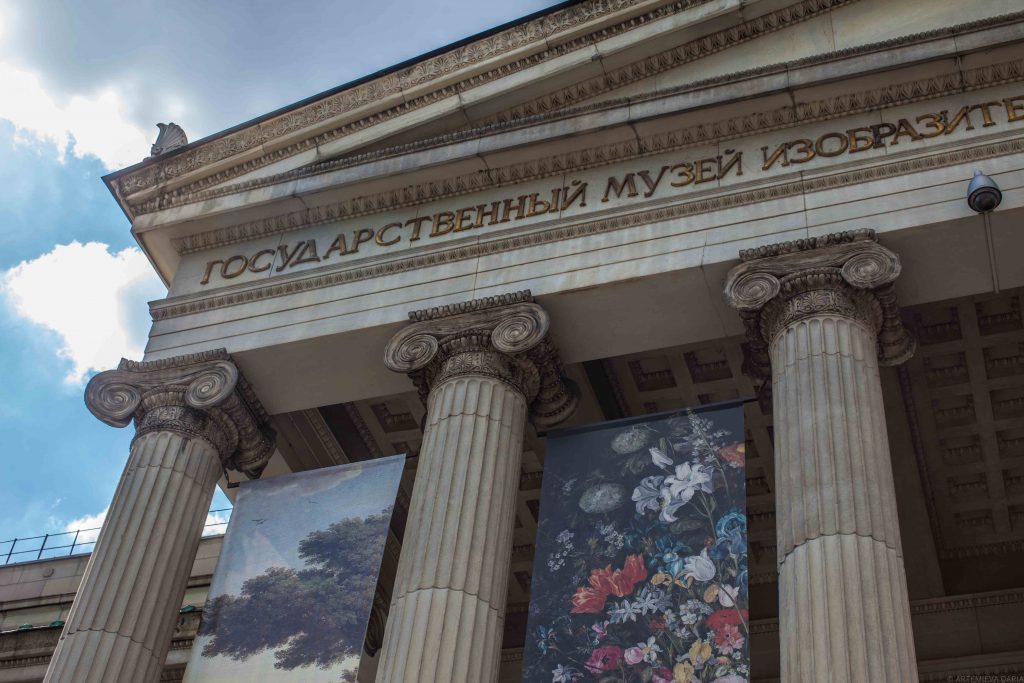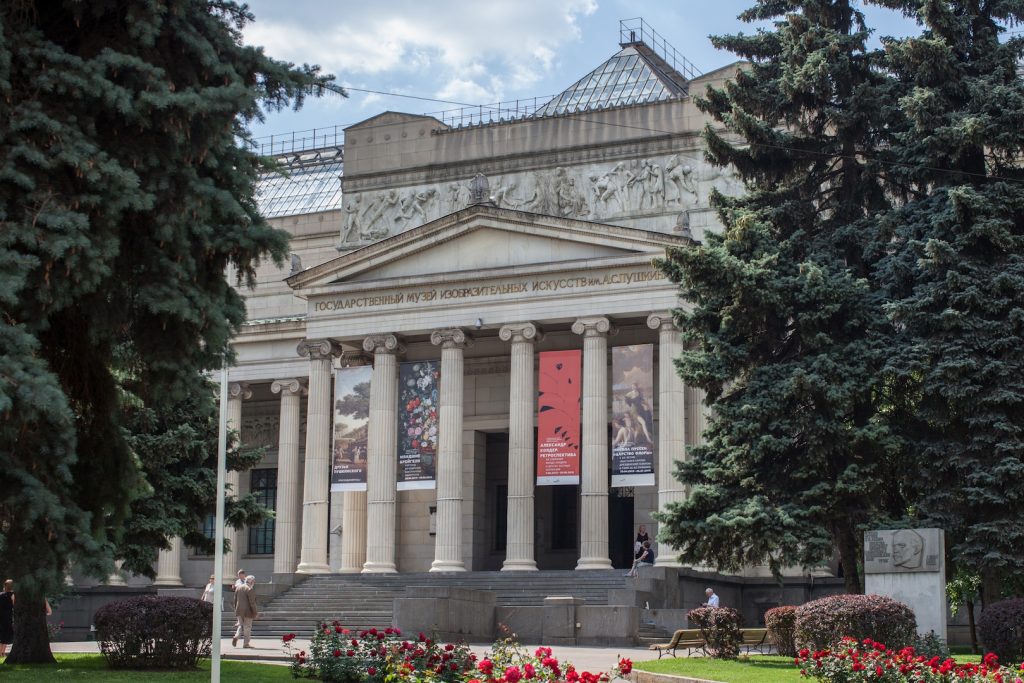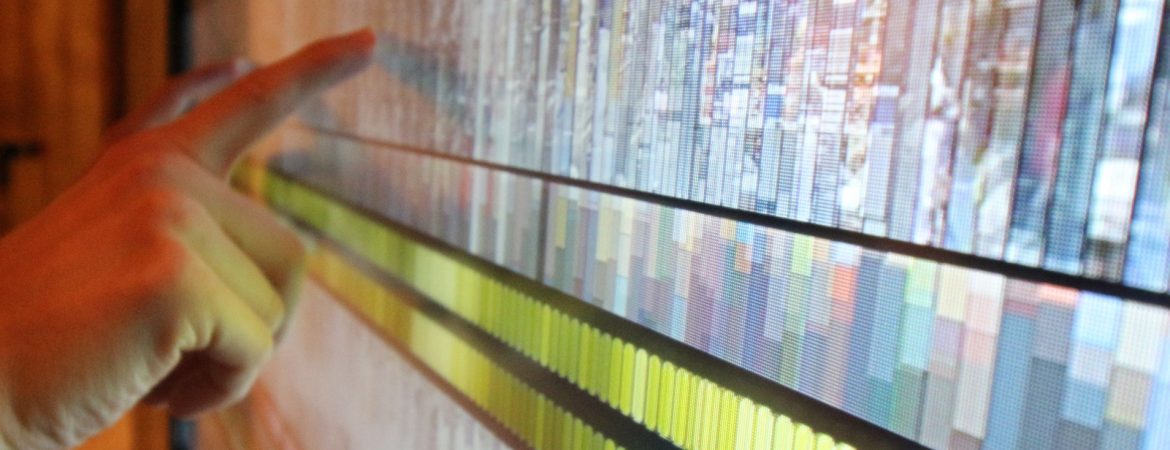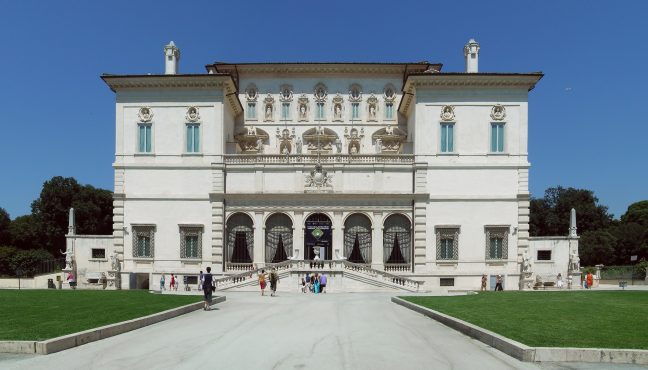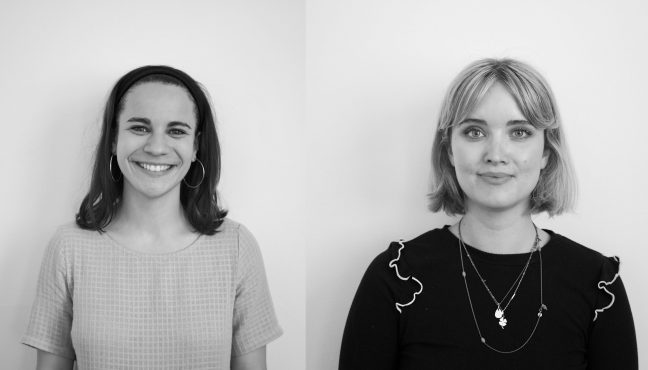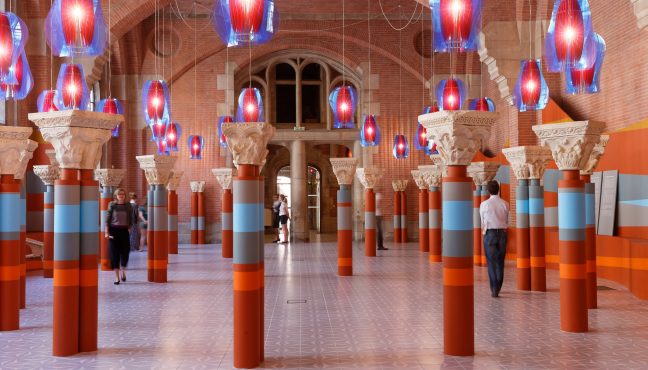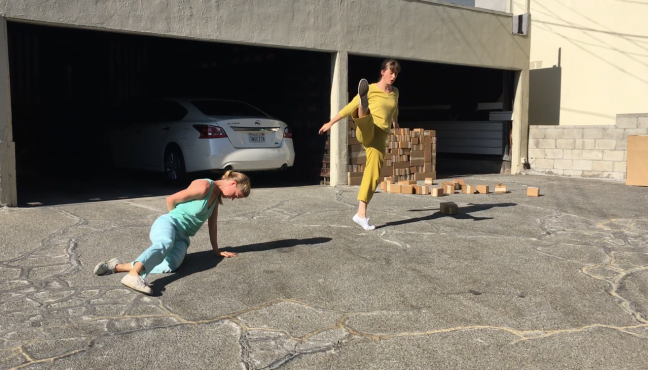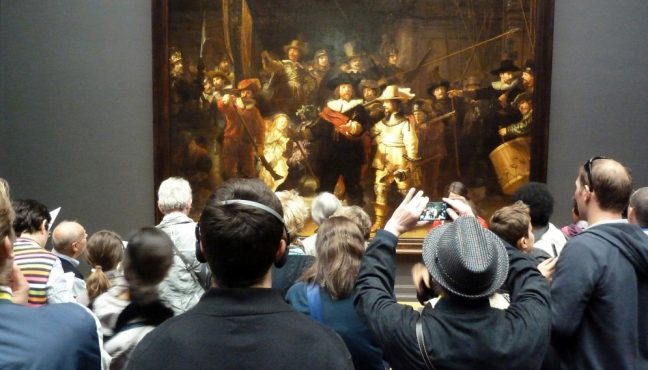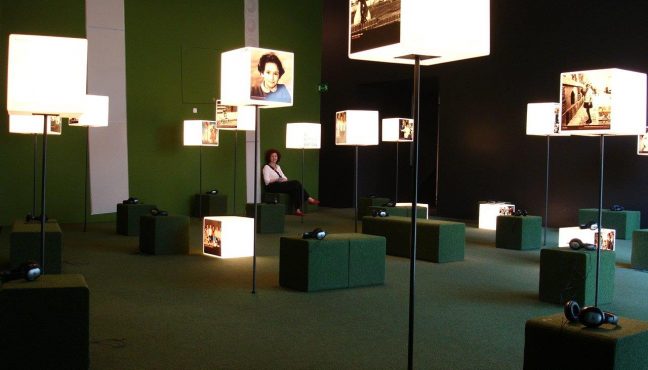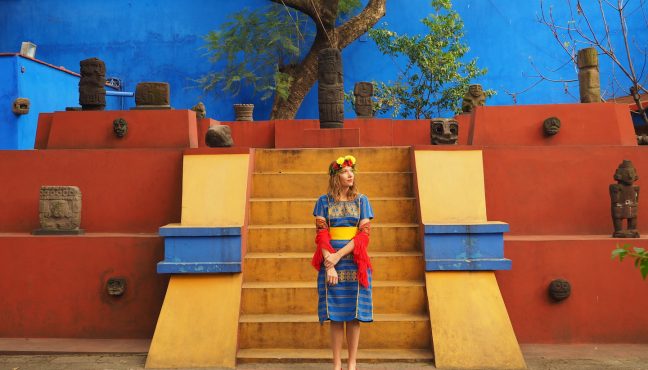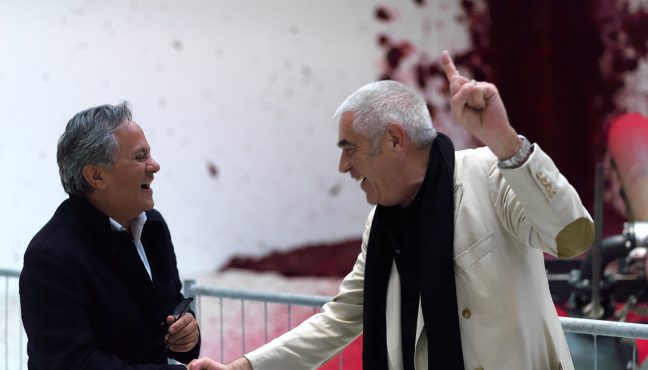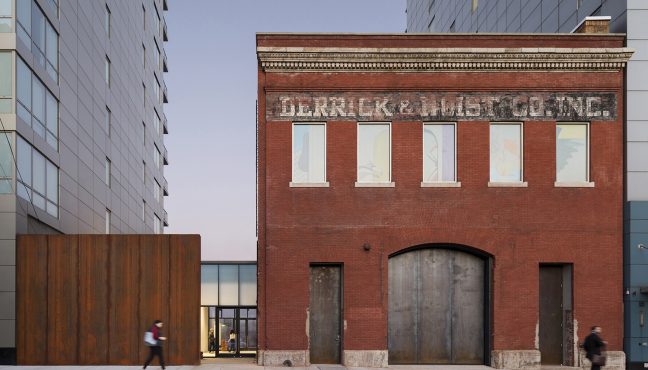For this mchat Museeum talked to Lev Manovich, the man who knows everything about new media, documents its history, curates media art exhibitions - both online and offsite - and showcases his own artworks internationally. His projects were commissioned by MoMA, New Public Library, and Google. He curated Data Drift exhibition in Riga, showed his works at ZKM (Karlsruhe), Chelsea Art Museum (NY), ICA (London), San Diego Museum of Contemporary Art and more. He appeared on the list of"25 People Shaping the Future of Design" in 2013 and the list of "50 Most Interesting People Building the Future" in 2014.
We were curious to know what he thinks about museums and site-specificity of the media artworks, about his own experiences of showing artworks in a museum vs. online. But most importantly, how he sees the future of the museum in the context of cultural economy and digital culture. We decided to include a part of this interview in our regular M.Chat, expanding it a bit to share his unique perspective on virtual exhibition sites as an alternative to the traditional museum.
“The museums, the books, the institutional websites, and archives contain only tiny islands of all created images. Something only remains because somebody (typically elites) thought were important to preserve, or because somebody donated their collection, or because an institution got the grant to digitize, or because they now have market value. The latter is often the most important reason. “ Manovich says.
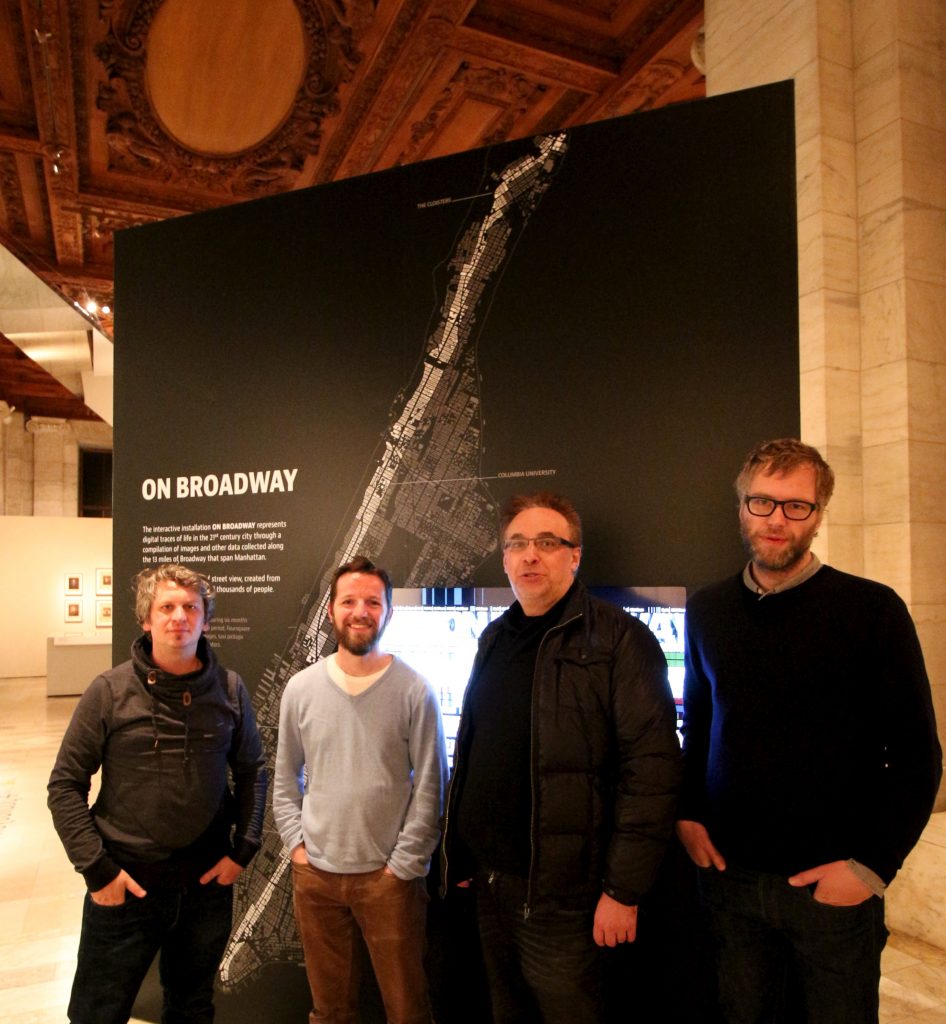
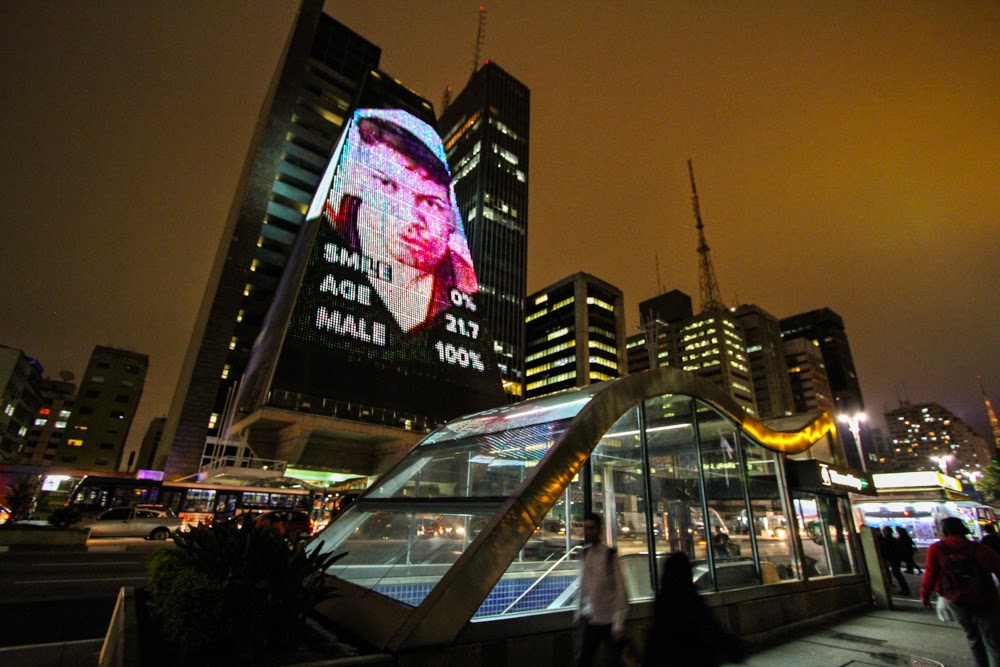
Indeed, museums today are a completely different institution as opposed to what we would encounter 10 years ago. Museums create archives of their collections and make them open access or viewable via telepresence robots.
“Compared to mid-2000s – Manovich continues - now situation is – or rather, could be – very different. We have social media. If we are interested in recent histories of visual images, design, and photography - including the subjects, the styles, and the processes of creation and reception - social media is an unprecedented resource.”
However, the museum today is much more than its collection on view. The most noteworthy fact about museums is how they evolve to meet the needs of visitors. We were curious to know what are Lev’s most memorable experiences of a museum visit.
Your secret art venue when you seek peace and quiet
The best food experience in an art space
A museum gift shop that you never leave empty handed
Your museum with a wow-factor
Zaha Hadid’s architecture for MAXXI: Museum of XXI Century Arts (Rome) is brilliant. It does not dominate the artworks, but its also amazing in itself.
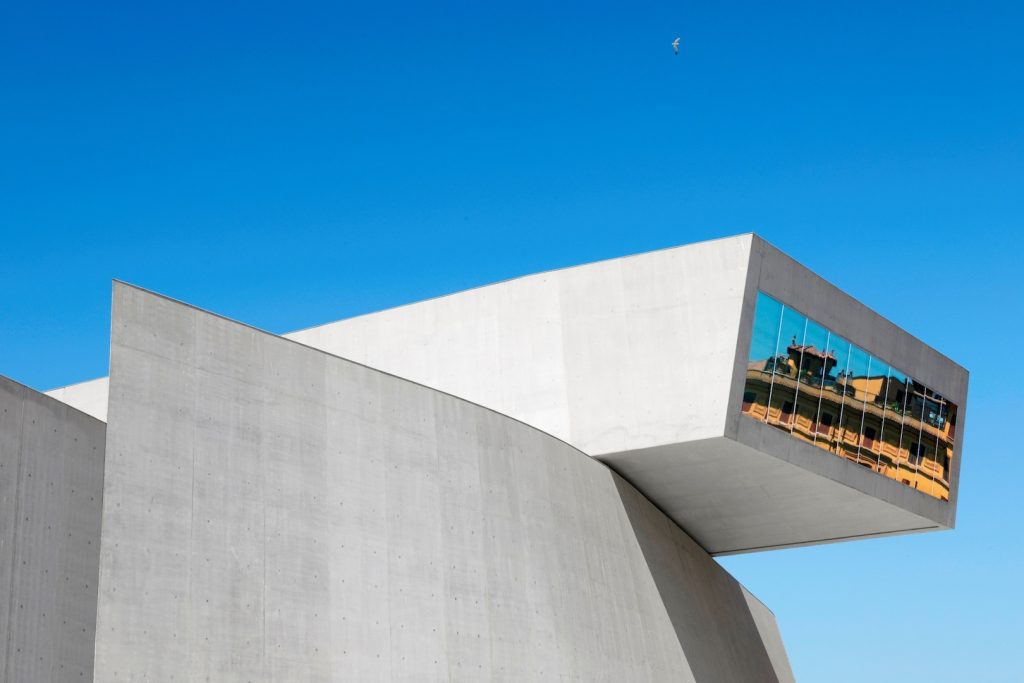
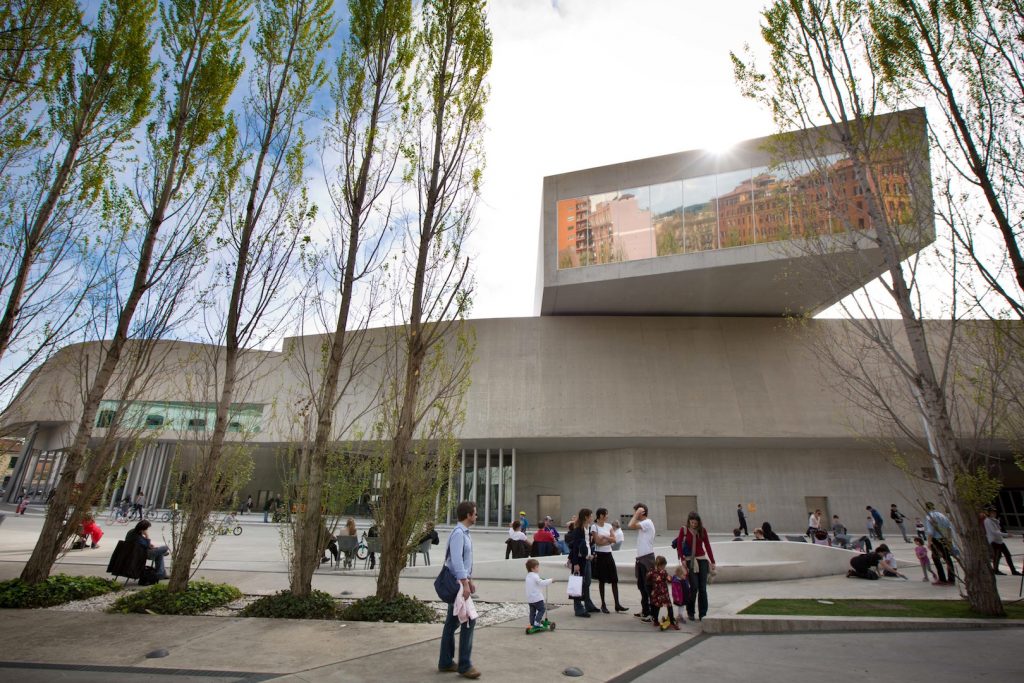
Please share with us a special personal memory related to a museum experience
